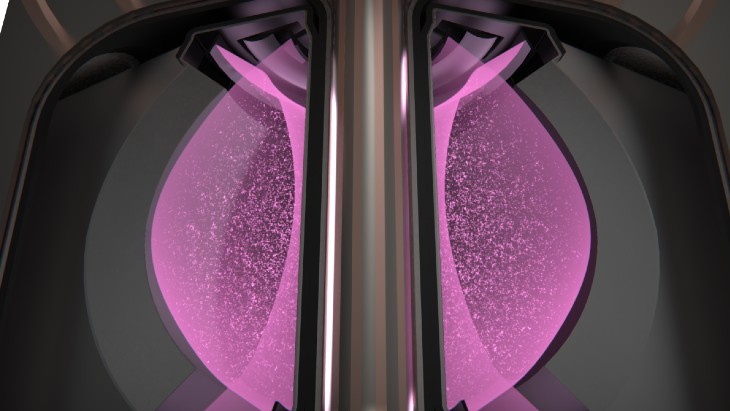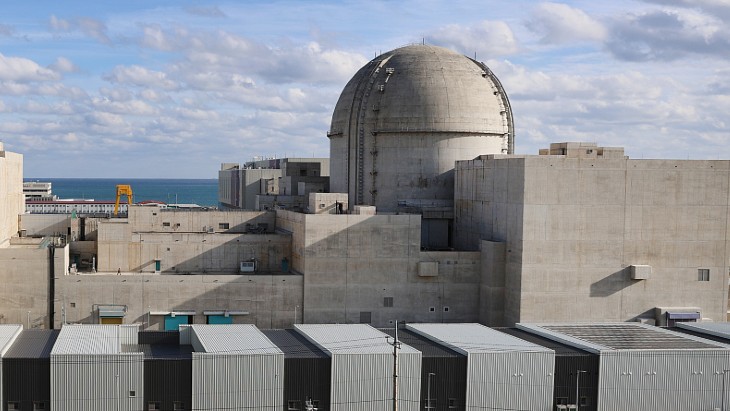Tokamak Energy says that the aim is for the pilot fusion energy plant to be operational by the mid-2030s and gave details of the emerging design at the annual meeting of the American Physical Society Division of Plasma Physics in Atlanta, Georgia, last week.
The company says "initial designs are for the tokamak to have an aspect ratio of 2.0, plasma major radius of 4.25 metres and a magnetic field of 4.25 Tesla, as well as a liquid lithium tritium breeding blanket". It will include a new generation set of high temperature superconducting magnets "to confine and control the deuterium and tritium hydrogen fuel in a plasma many times hotter than the centre of the sun".
Tokamak Energy was spun out of the UK's Atomic Energy Authority (UKAEA) in 2009. It announced in February last year it was to build a prototype spherical tokamak, the ST80-HTS, at the UKAEA's Culham Campus, near Oxford, England, by 2026 "to demonstrate the full potential of high temperature superconducting magnets" and to inform the design of its fusion pilot plant, to demonstrate the capability to deliver electricity into the grid in the 2030s, with the aim of globally deployable 500-megawatt commercial plants.
The US Department of Energy (DOE) Bold Decadal Vision aims to use public-private partnerships to accelerate fusion energy research and development to "enable commercially relevant fusion pilot plants" and demonstrate an operating fusion pilot plant, led by the private sector, in the 2030s. Tokamak Energy, which became the first private firm to reach a plasma temperature of 100 million degrees Celsius, already has links with US national laboratories and universities and has had seven previous awards through the US Innovation Network for Fusion Energy (INFUSE) programme and signed the agreement to take part in the DOE's USD46 million milestone-based fusion development programme in June.
Tokamak Energy's updated strategy focuses on public-private partnership being the best way to deliver fusion, with the DOE programme, in which it was one of eight companies selected for an award, seen as one route alongside others in the UK and in Japan.
Michael Ginsberg, president of Tokamak Energy, speaking after the American Physical Society event said "we are delighted by the reception from an expert crowd and energised on our mission to demonstrate net power from this pilot plant in the mid-2030s, paving the way for globally deployable carbon-free fusion energy. We now look forward to working with our partners in the US to evolve and progress this design".
Fusion has no carbon emissions and has abundant and widespread fuel resources. Fusion research aims to copy the process which powers the sun - when light atomic nuclei fuse together to form heavier ones, a large amount of energy is released. To do this, fuel is heated to extreme temperatures, at least 10 times hotter than the centre of the sun, forming a plasma in which fusion reactions take place. A commercial power station will use the energy produced by fusion reactions to generate electricity. The fundamental challenge, being addressed in a variety of ways, is to achieve a rate of heat emitted by a fusion plasma that exceeds the rate of energy injected into the plasma.





_30199.jpg)
_72306.jpg)







